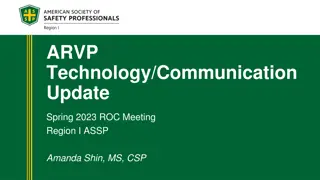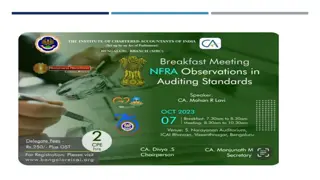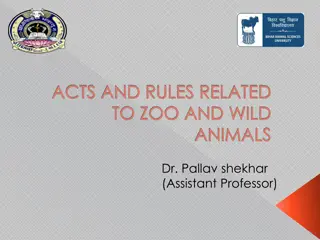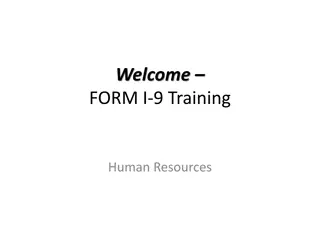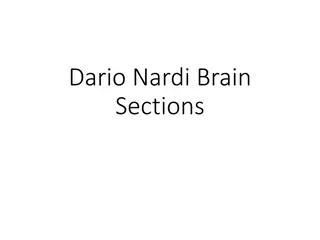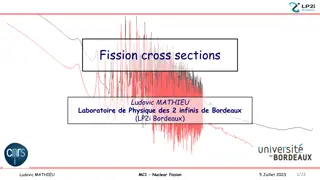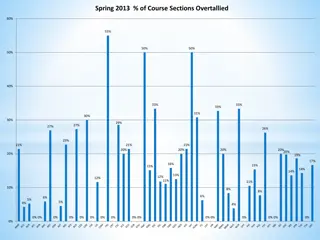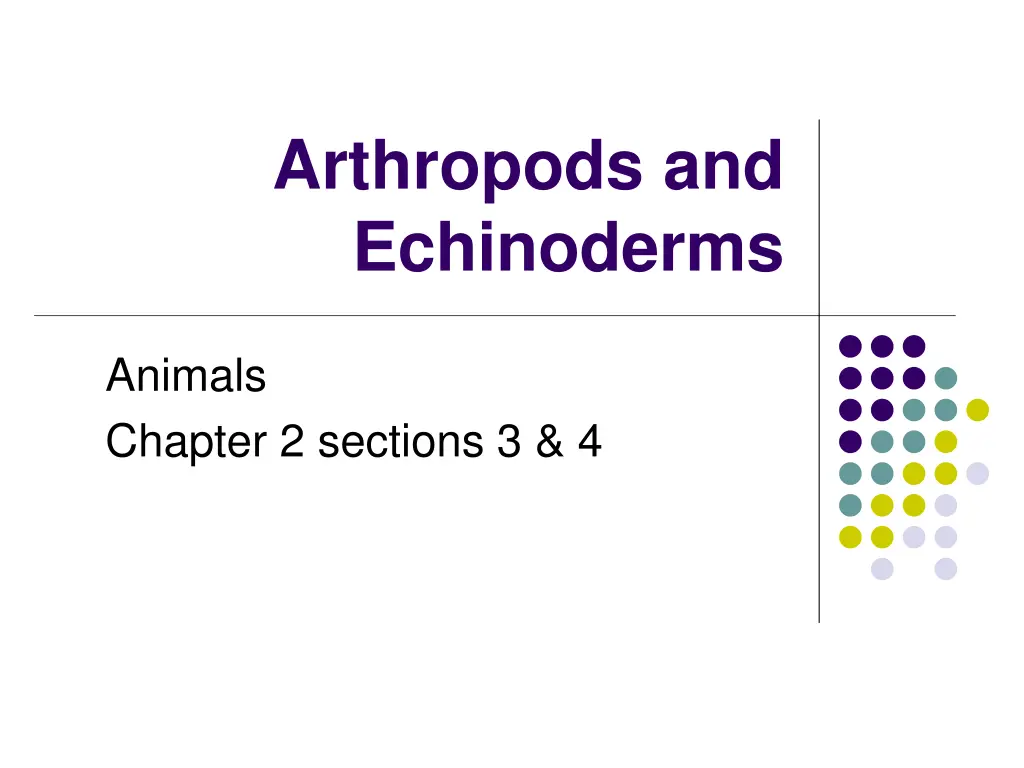
Fascinating World of Arthropods and Echinoderms in Animals
Delve into the characteristics of arthropods, including their jointed limbs, segmented bodies, exoskeletons, and well-developed nervous systems. Explore the diversity of centipedes, millipedes, crustaceans, arachnids, and insects, each with unique traits and roles in the ecosystem. Discover the metamorphosis these creatures undergo, from egg to adult form.
Download Presentation

Please find below an Image/Link to download the presentation.
The content on the website is provided AS IS for your information and personal use only. It may not be sold, licensed, or shared on other websites without obtaining consent from the author. If you encounter any issues during the download, it is possible that the publisher has removed the file from their server.
You are allowed to download the files provided on this website for personal or commercial use, subject to the condition that they are used lawfully. All files are the property of their respective owners.
The content on the website is provided AS IS for your information and personal use only. It may not be sold, licensed, or shared on other websites without obtaining consent from the author.
E N D
Presentation Transcript
Arthropods and Echinoderms Animals Chapter 2 sections 3 & 4
Characteristics of Arthropods 75% of all known species Jointed limbs Segmented body Exoskeleton Well developed nervous system
Jointed Legs Arthro means jointed Pod means foot
Segments Some have virtually identical segments (millipede) Some have very different segments (grasshopper)
Exoskeleton External skeleton made of chitin Sheds to allow growth in a process called molting Keeps organism from drying out Protects organism Helps with movement
Nervous System Head and brain Some have simple eyes that can detect light but not make an image Most have compound eyes that allow them to see images Bristles that sense movement, vibrations, chemicals
Centipedes and Millipedes Centipedes Carnivores 1 pair of legs per segment One pair of antennae Millipedes Herbivores Two pairs of legs per segment One pair of antennae 30807-millipede centipede
Crustaceans Shrimp, barnacles, crabs, lobsters Gills Two pair of antennae Eyes on stalks
Arachnids Spiders, scorpions, mites, ticks Two main body parts: cephalothorax head and thorax (chest) combined abdomen stomach area No antennae Four pairs of walking legs Chelicerae instead of mandible (pinchers instead of jaw) Eight simple eyes
Insects Largest group of arthropods Live everywhere on earth except oceans Good because pollinate flowers Bad because they are pests, eat crops, can carry disease Three part body head, thorax, abdomen Some have wings
Metamorphosis- A change in form from egg to adult Incomplete metamorphosis- egg, nymph, adult Baby looks like small adult
Metamorphosis continued Complete metamorphosis Full change from egg to adult Four stages egg, larva, pupa, adult
Echinoderms Term means spiny skinned Has Endoskeleton which is inside the body Water vascular system water pressure helps with feeding, breathing and movement

